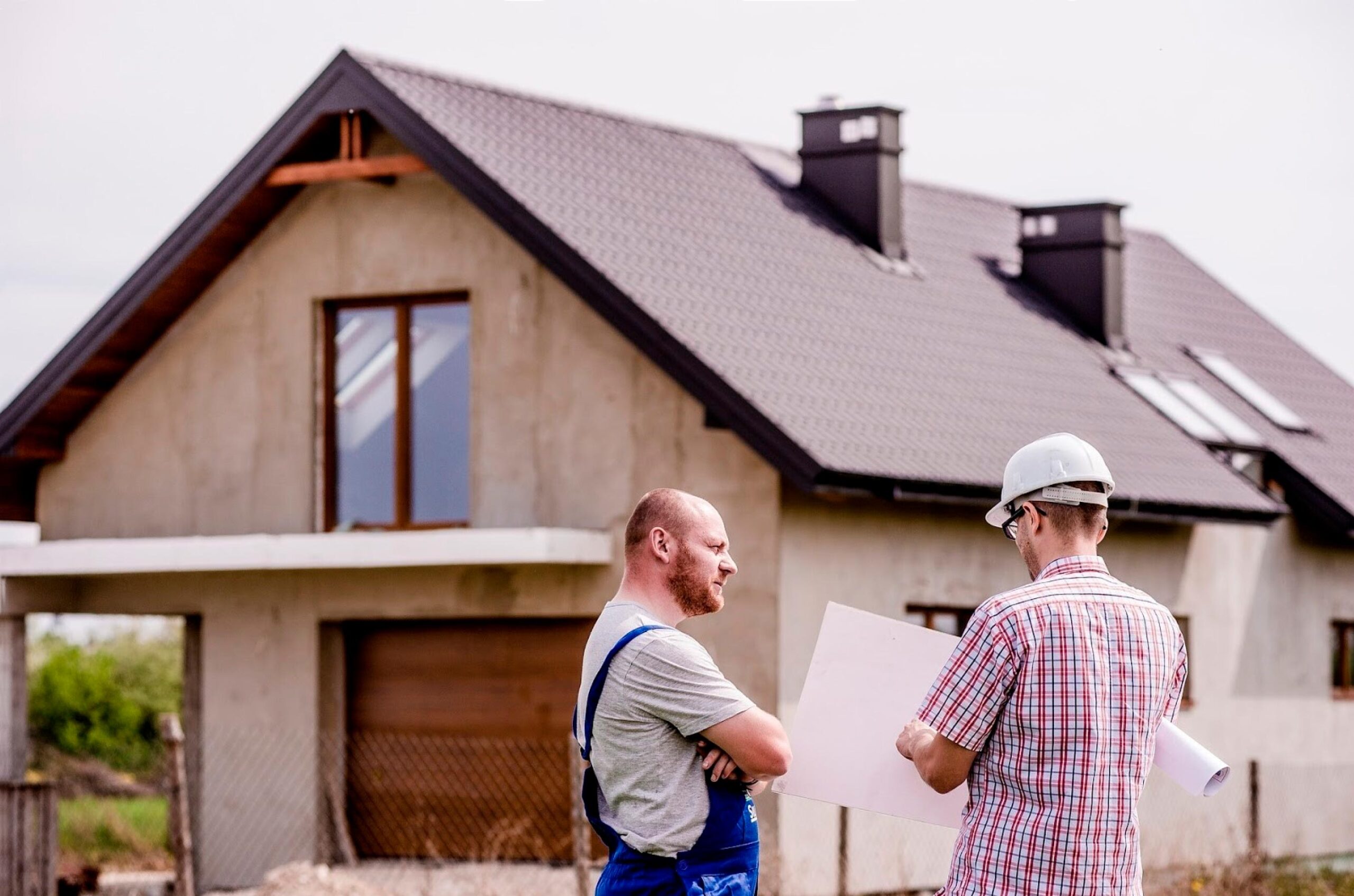Revamping a house can breathe new life into a space, enhance its functionality, and significantly increase its request value. Still, the question on every homeowner’s mind is how much does it actually bring to patch a house? The answer is nuanced, as additional costs can vary extensively grounded on several factors. In this composition, we’ll break down the crucial considerations and give a general overview of what you might anticipate to pay.
1. Factors impacting Addition Costs
compass of Addition
The compass of your addition is one of the most significant factors impacting cost. Are you looking to make minor ornamental changes, or do you plan to take over a major overhaul? Then are some common types of emendations
Cosmetic Updates oil, new flooring, and streamlined institutions can range from 10,000 $ to 30,000 $ depending on the size of the home.
Kitchen Renovation
A full kitchen remodel can bring anywhere from 20,000 $ to 100,000 $ or further, depending on the accouterments and appliances chosen.
Restroom Addition
Revamping of a restroom generally ranges from 5,000 $ to 25,000 $ but high-end home stretches can push costs indeed higher.
Additions Adding
A room can be one of the most precious options, going anywhere from 20,000 $ to 100,000 $ or further, depending on size and complexity.
Position
Geographical position plays a critical part in determining addition costs. Civic areas with advanced costs of living generally have advanced labor and material prices. For case, revamping in New York City or San Francisco can be significantly more precious than in lower municipalities or pastoral areas.
Quality of Accoutrements
The choice of accoutrements can drastically affect your budget. High-end accoutrements can double or triple your costs. For illustration, determined countertops can bring 50 $ to 100 $ per square bottom, while laminate options may only run$ 10 to$ 30. Also, custom cabinetry can be a significant investment compared to stock options.
Labor Costs
Labor costs can also vary by region and design complexity. On average, labor can regard for 20 to 35% of your total additional budget. Hiring educated contractors may come with an advanced outspoken cost, but it can save you plutocrats in the long run by precluding expensive miscalculations.
Permits and Regulations
Depending on the compass of your addition, you may need permits, which can add to your overall costs. For illustration, major structural changes, electrical work, or plumbing updates generally bear permits that can range from 100 $ to 2,000, $ depending on the governance.
2. Creating a Budget
When planning an addition, it’s essential to establish a budget beforehand on. Then’s a step-by- step approach
Determine Your Precedences
What are your must-plutocrats versus nice- to- plutocrats? Creating a prioritized list will help you concentrate your budget on what truly matters.
Get Multiple Quotes
Once you have a rough idea of your design, it’s wise to gather quotations from multiple contractors. This will help you understand the request rate and insure you’re not overpaying.
Include a Contingency Fund
Emendations frequently uncover retired issues, so it’s prudent to set aside a contingency fund of about 10 to 20% of your total budget to cover unlooked-for charges.
Track Your Spending
Use budgeting tools or apps to track your charges as the addition progresses. Staying organized can help cost overruns.
3. Average Addition Costs by Area
While costs can vary extensively, then are some average addition costs grounded on different areas of the home
Kitchen 20,000 $ -50,000 $
restroom 5,000 $- 15,000 $
Living Room 5,000 $- 15,000 $
Bedrooms 5,000 $ – 10,000 $ per room
Exterior 10,000 $ – 30,000 $ ( for siding, roofing, and landscaping)
4. Return on Investment( ROI)

Understanding the implicit ROI can help justify your addition budget. On average, kitchen remodels offer about 70 ROI, while restroom remodels can yield around 60 ROI. Still, these numbers can change grounded on request conditions and the quality of the addition.
Conclusion
Revamping a house can be a satisfying yet complex bid. By considering the compass, position, quality of accoutrements , labor costs, and necessary permits, you can more gauge how important to anticipate to spend. Creating a detailed budget and exploring backing options can also ease the fiscal burden. With careful planning and prosecution, your addition can enhance not only your living space but also your home’s overall value. Flash back, whether you’re

